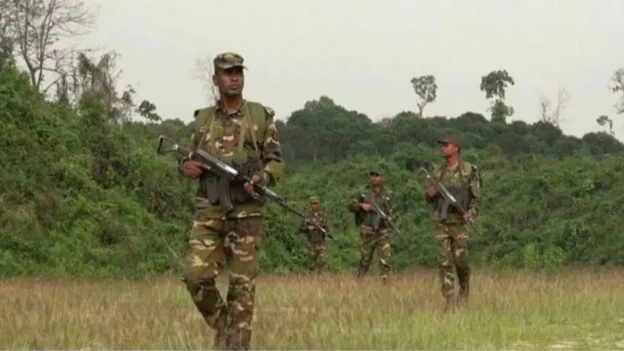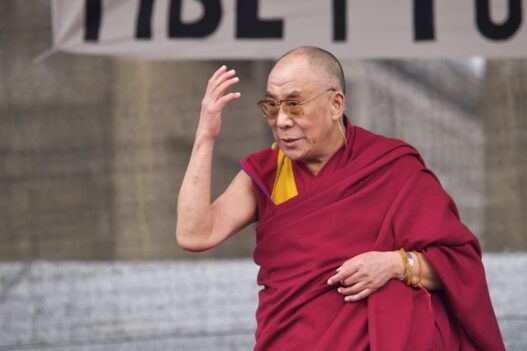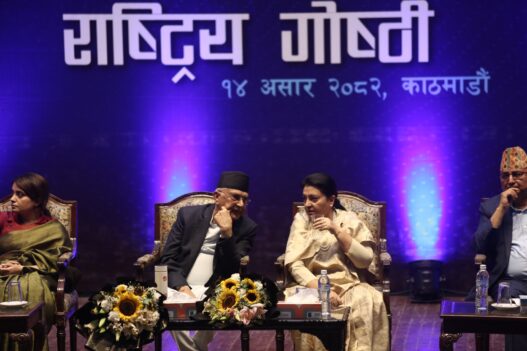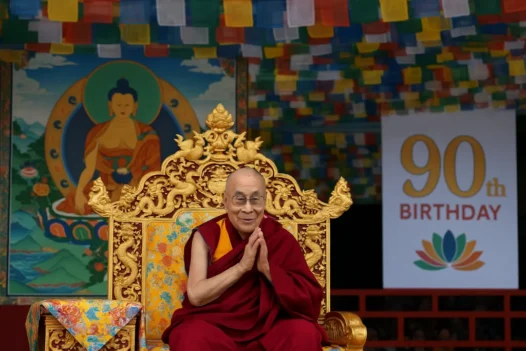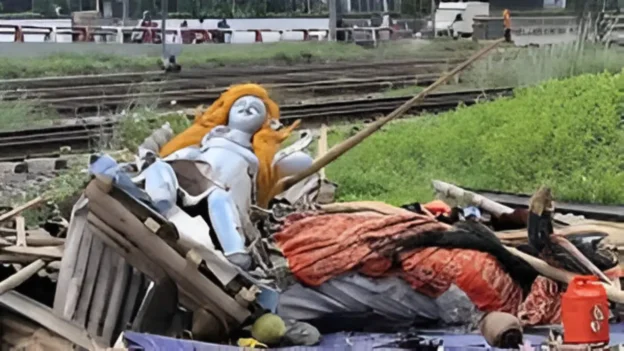Zemithang is the last administrative circle of the iconic Tawang district of Arunachal Pradesh. These days Tawang is well-known to the world, not just because of the presence of the famous Tawang monastery and its strategic location but also because of the intermittent distasteful military assaults initiated by the People’s Republic of China in various parts of the district.

Zemithang administrative Circle of Tawang district, though little known, is strategically located. It was consecrated in the prehistoric past by the holy presence of Buddhist saint Guru Padmasambhava as he meditated in the isolated, snow-covered mountain top now called Taktsang Gompa near the Sino-Indian international border. The Zemithang Circle borders Tibet (China) to its north and the mountain Kingdom of Bhutan to its west and south. Since 2008 Bhutan has been known as the Constitutional Monarchy.
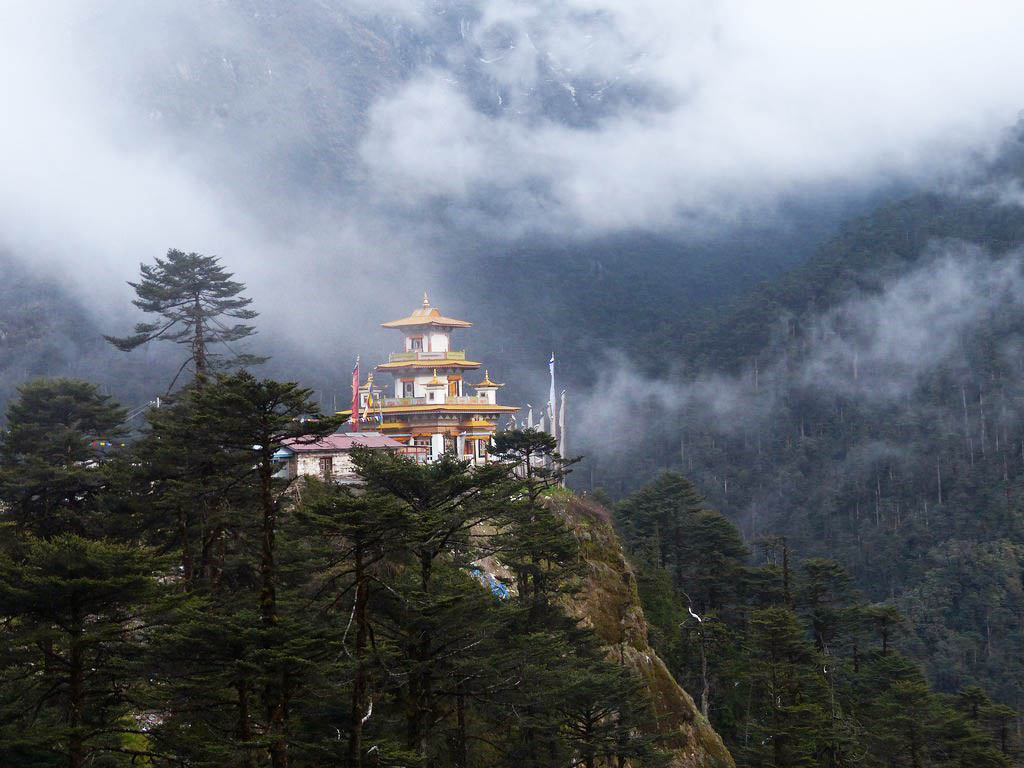
Zemithang Circle is washed by the turbulent river Nyamjang-Chu (in Tibetan Chu stands for water) that flows from Tibet (China) and confluences with the Tawang-Chu, another turbulent stream from the Tawang area at Lumla, near Zemithang. Hereafter, it enters Bhutan and finally appears in Assam plains and takes the name of Dhansiri and flows to Brahmaputra as one of its tributaries.
Zemithang Circle is exclusively inhabited by the Pangchenpas, and their population, as per the census conducted by the author in 1997, constituted 1200 individuals. This population is distributed through six main villages, namely, Zemithang, Soktsen, Kharman, Kelengteng, Muchut and Lumpo. In addition, there are two satellite villages of Soktsen: Brokenthang and Lower Soktsen. Interestingly, the Zemithang area is devoid of valleys, and thus the people, since the remote past, took to long-distance pastoralism, known as transhumance, during the short summer. The Pangchenpas belong to the greater Monpa group but prefer to be identified as Pangchenpa. Though the Monpas are acclaimed mountain agriculturists, the Pangchenpas took transhumance as a significant economy as their land did not support agricultural operation due to steep mountains, rocky soil and the absence of fertile valleys.
However, in the present, the people are suffering from a dilemma as their age-old economy of transhumance is in contention. The leading cause of this plight is the fear of military presence on the other side of the imaginary border between India and China. Today, the Pangchenpas have been forced to abandon a large number of their most productive mountain grasslands. The Pangchenpa shepherds no longer feel free to pasture their livestock in the remote and uninhabited mountains near the McMahon Line.
It is deemed that China developed an unnecessary antagonism with India as India accepted His Holiness, the 14th Dalai Lama, as he fled from Tibet due to Chinese occupation of Tibet and related atrocities. The Dalai Lama entered India through the Khenzamane border in the Zemithang Circle, and the Pangchenpas feel proud that His Holiness’s exile route was through Zemithang. The Dalai Lama was received by the personnel of 5 Assam Rifles at the Chuthangmu post in March 1959, where a plaque still stands as a witness. India is a country that always follows the Hindu-Buddhist philosophy “A guest is akin to God ”, which in Sanskrit translates to ‘Atithi Devo Bhava’. This concept encourages one to go out of the way to treat guests with reverence, and the Dalai Lama was no exception. It was the asylum granted to the Dalai Lama that angered China.
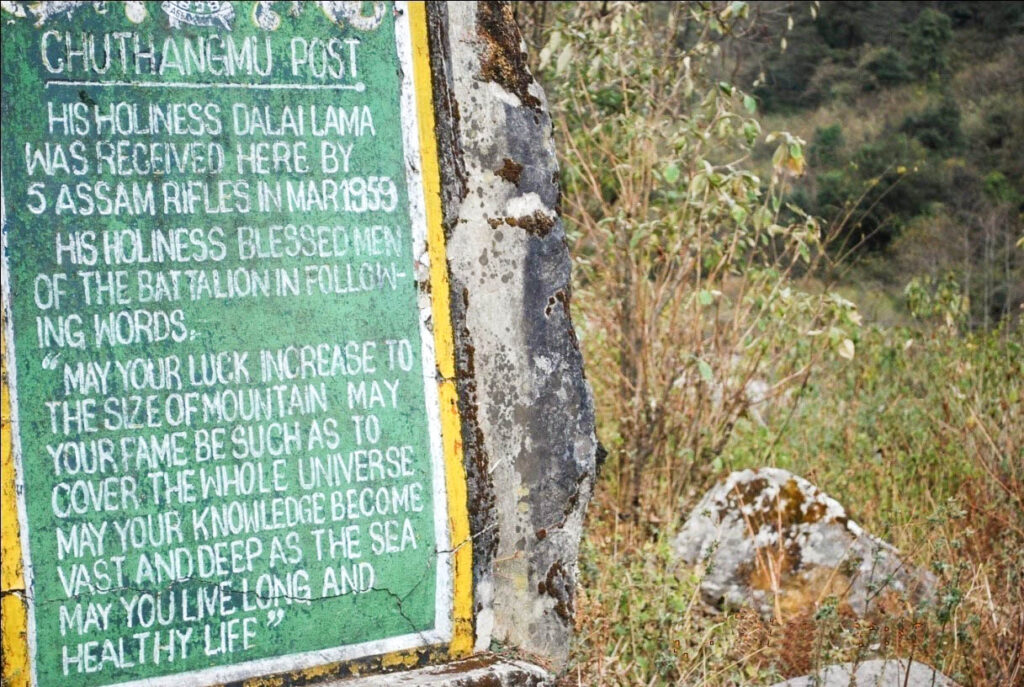
Furthermore, the phrase Vasudaiva Kutumbakam, found in the Hindu epic Upanishad means “the world is one family”. Following this, the government of India believed that the Dalai Lama was a part of this family. This belief led to the beginning of bad blood between India and China, leading to the border skirmish of 1962 when India was unprepared. The Sino-Indian border troubles started when China intruded at Namka-Chu, a mountain stream north of Zemithang, followed by a volatile situation at Samdurung-Chu in 1986. Both of these locations are in the Zemithang area. Subsequently, they attempted to enter Indian territory again at the Bum-La border in 2021 in the Tawang district. On December 9, 2022, they entered Indian territory once more at Yangtse near the village of Mago in the Thingbu area, thinking that the Indian army would be caught unaware. However, every time they were pushed back with full strength and authority by the Indian army. Each time they attempted to enter Indian territory, they were bashed and sent back to their original position by the Indian army.
Their intention for entering Arunachal Pradesh, as is understood, is that since the famous Tawang monastery was built when Tibetans were present in Tawang, and now that they consider themselves the masters of Tibet, they foolishly think they have a claim over Tawang in particular along with the whole state in general.
Nevertheless, China’s misguided perception can be countered by an example from the famous Indian epic Mahabharata. In Mahabharata, Princess Gandhari was from the Gandhar area of Afghanistan, now called Kandahar. But does this really mean that India can or will ever stake its claim over Afghanistan? Similarly, Nepal, Burma (Myanmar today), and Ceylon (Sri Lanka today) were once parts of India. Until 1947, Pakistan and Bangladesh were parts of India, but India maintains healthy diplomatic relations with them and has never created any ruckus in the borders to reoccupy them. Thus, it is advisable for China to revisit their vision and immediately stop cultivating Arunachal Pradesh borders with eyes on Tawang. They should realise that surveyors have demarcated the border, and it is the responsibility of the concerned political heads to maintain and respect it. In addition, China cannot violate the agreement and expect the rest of the relationship to continue as is despite their unhealthy diplomatic talks.
Nonetheless, crammed between the military exhibitions of strength, the poor, innocent, and peace-loving communities near the international borders on the McMahon Line live a life of hopelessness and continuous tension and uncertainty about their future. Two such communities are the tribal communities under study, the Pangchenpas and the Thingbupas of the Tawang district of Arunachal Pradesh. Interestingly, during my field investigation among both the transhumant tribal communities, namely, the Pangchenpas and the Thingbupas, I found that the Pangchenpas are seriously considering raising crops as an alternative to their economy of transhumance. But the problem, as mentioned earlier, is the absolute absence of cultivable valleys. Even the earth in the bare regions is primarily rocky. Still, on my last trip to the Zemithang region in 2013, I found that the people were putting in all their effort to push big stones aside and prepare small patches of land to produce grains and vegetables adjacent to their homes. If these aggregated efforts continue, the Pangchenpas might eventually convert themselves to agro-pastoralists.
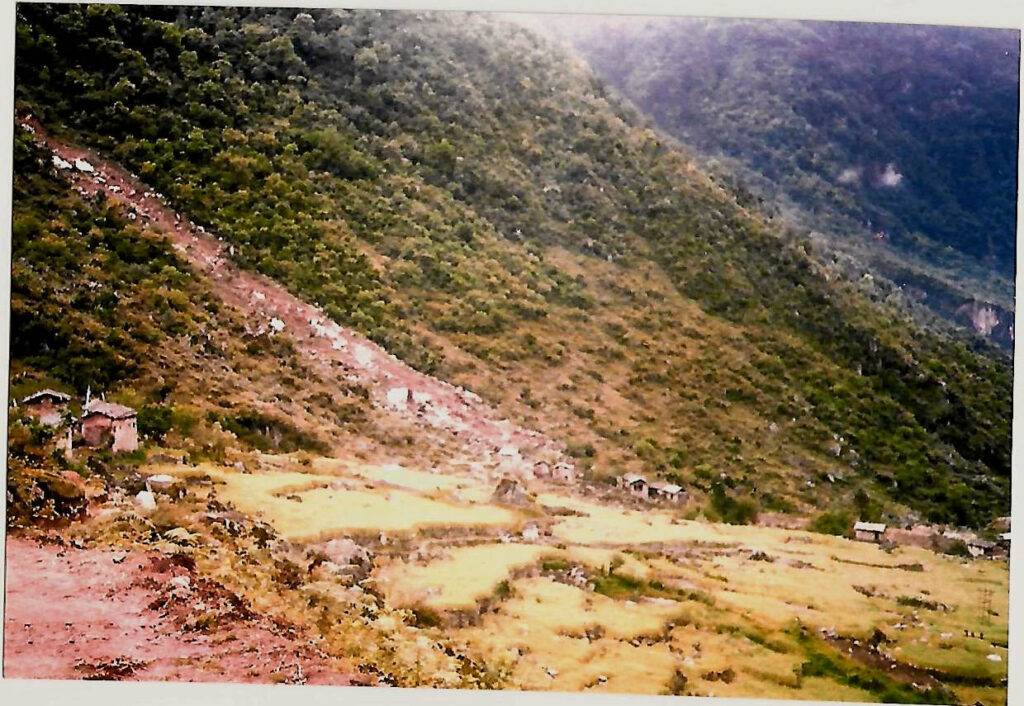
It was further revealed during the field investigation that they leave one or two members back in their villages to harvest the crops in summer while the rest of the family members leave for the mountain meadows for transhumance. Summer is when the crops and vegetables are ready for harvest, and thus, the people are under tremendous pressure to find an alternative for their survival only because of the whims of the PLA, the armed wing of the Chinese Communist Party.
If one goes back to the history of Zemithang, it will be revealed that the Monpas from other parts of the Tawang district carefully avoided visiting the Pangchenpa villages out of the fear of black magic. I further noticed this when I observed the Tawangs consistently warning my friends and me to avoid going to Zemithang just by ourselves. However, at present, the intensity of black magic has gone down to a considerable extent. Yet, during my interviews with the female sorcerers (only the women practise it), I learned that the practice has yet to be entirely given up. They sometimes use the spell on outsiders whenever they find them suspicious. The interview also revealed that while these women sorcerers cast the spell, they mix a bit of aconite in the offered homemade liquor, enough to make the victim unconscious. Both white and blue aconites are found in abundance in the forests on the way to the Khenzamane border from Zemithang, and the uttering of mantras is nothing but eyewash. Roots, seeds and stems are equally poisonous.
The concern here is whether the people could continue with their traditional enterprise of transhumance or would be identified as agro-pastoralists soon. Everything depends on the return of peace and calmness on the McMahon Line, which is for the Chinese and their PLA to deliver. During the fieldwork, it was revealed that the Pangchenpas have great faith in the Indian army and have developed an anathema towards China. They never objected to constructing a road for defence through their grasslands, which was very important to them because they knew that the movement of army vehicles in convoys was the priority.

